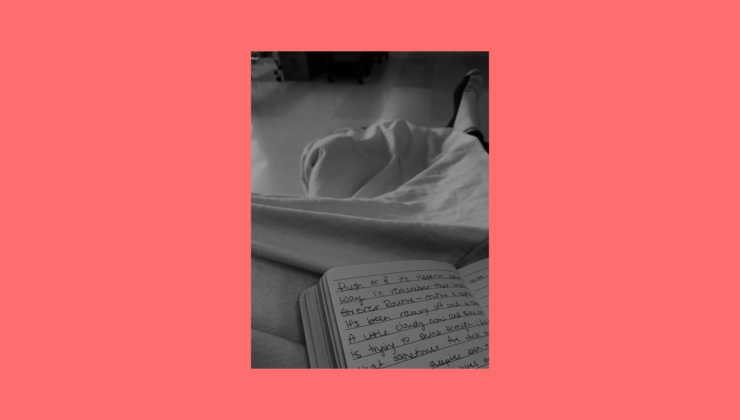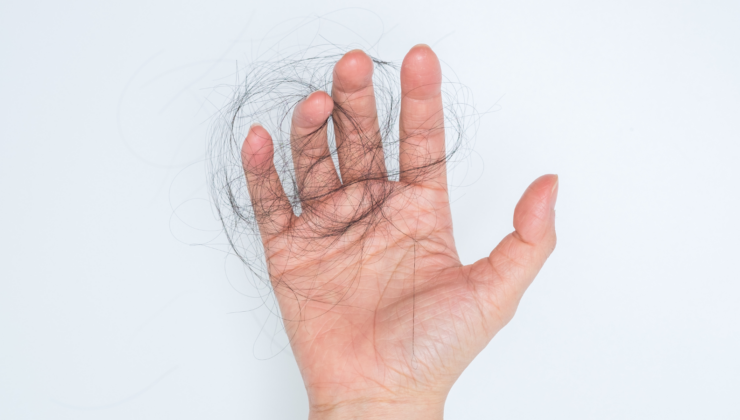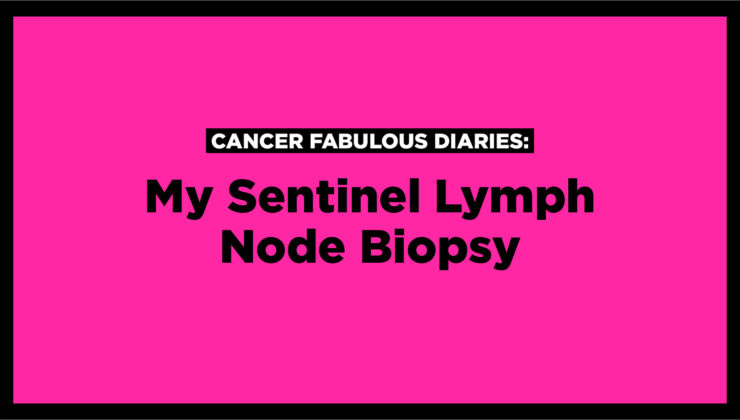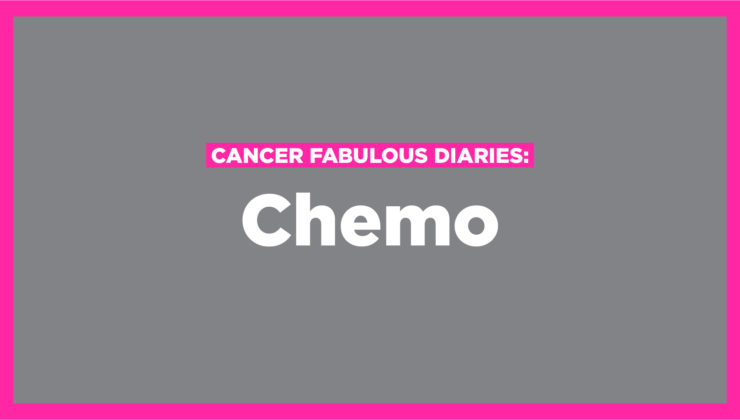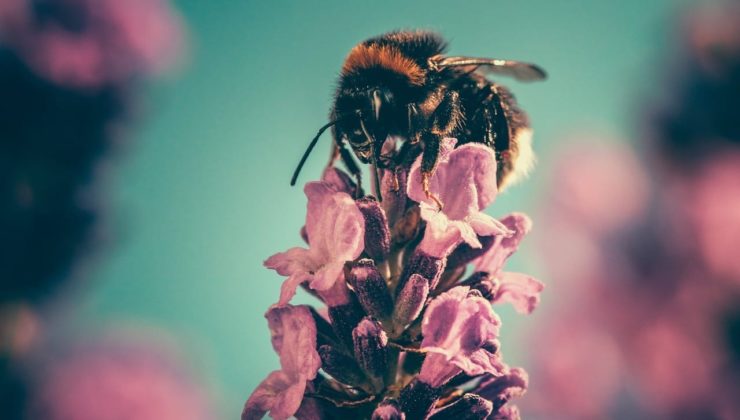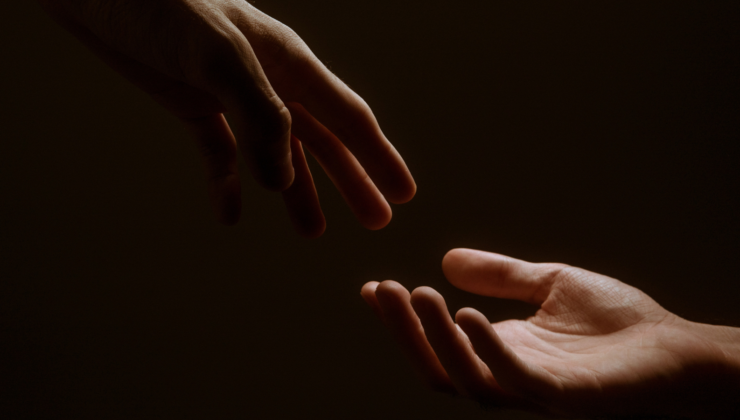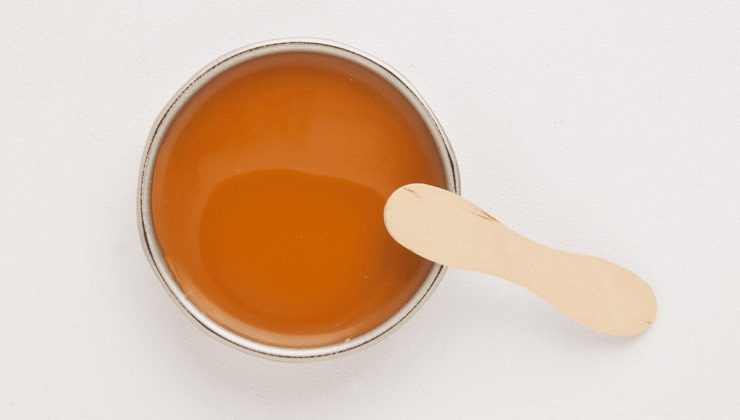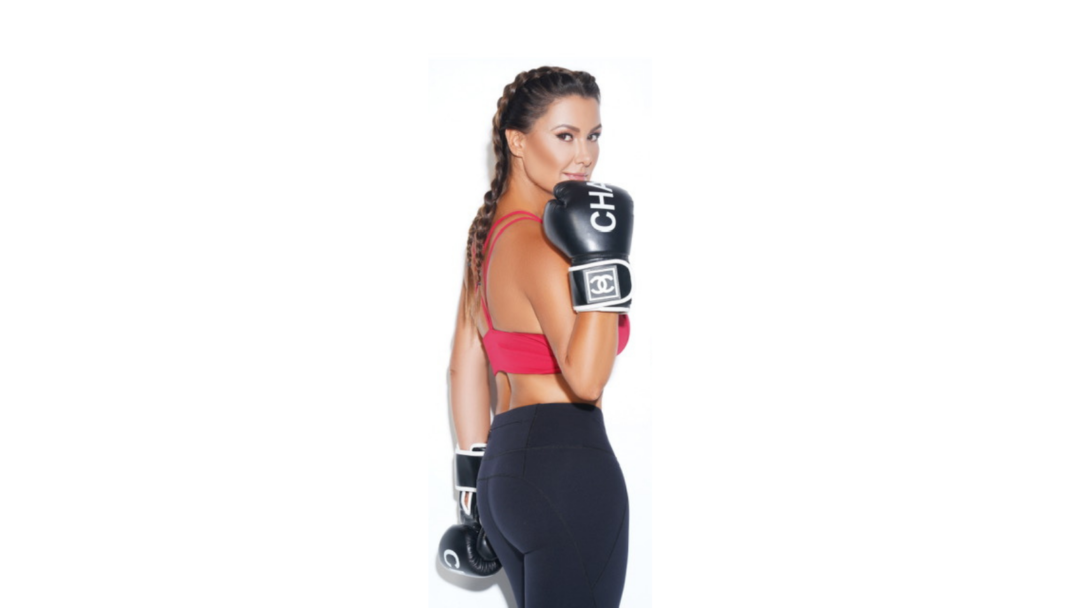
Fish Spines & Baseballs — My Experience With “Cording”
It was the third wave of Covid. I decided to take this time to reset, plunging into a super clean diet and a daily workout schedule.
It was now or never, I told myself. No excuses.
After a particularly challenging arm workout I decided to prepare an Epsom salt bath and give myself the “me time” Covid lockdowns suddenly afforded.
I was achy, waiting to find relief in the steamy tub. The Epson salts were dissolving as I submerged my body into the water, trying to massage my overworked pectorals. Pressing on my left side, I gasped, touching what felt like a walnut under my breast tissue. My hands shook as I clamoured out of the water to call my GP. After describing it, I was told it was likely a fibroid or cyst. A mammogram was scheduled to be safe.
In a surreal moment that seemed like a whirlwind and at the same time forever (because of Covid backups) the results came back — I was diagnosed with breast cancer, invasive ductal carcinoma.
I couldn’t even remember the last time I was really sick. It was years ago, not months. My mind raced to the countless preventative health measures I participated in, the years of breastfeeding. How could this be happening?
Sitting in shock, I was told I had to make the choice between a lumpectomy and mastectomy. I was sent home with two hospital pamphlets. When I asked a question, I was told to refer to the pamphlet.
I hated manuals and avoided them most of my life, and this really wasn’t where I wanted to start.
But I had no choice.
After extensive gene testing I was told my cancer was not genetic, but instead “environmental.”
Environmental? What the hell does that mean? Was I breathing bad air? Eating bad food? Did that cigarette I smoked when I was a teenager behind the 7-11 come back as breast cancer 25 years later? Was it the overwhelming stressors from family life, or my ex-husbands’ constant antics that caused a lump in my breast?
I had so many questions, but no answers, and some very serious decisions to make.
I chose a lumpectomy. I learned that in my case, based on my extensive gene testing, my long-term prognosis would likely be the same if I had a mastectomy.
The surgeon removed my tumour as well as four lymph nodes. My post-op instructions included daily arm exercises to reduce swelling and improve circulation to the affected area. Rehab was the focal point of my daily routine, and I was diligent.
Within weeks I started feeling something strange — a tightness under my arm. I was doing some gentle shoulder lifts and noticed what I could only describe as something like a spinal cord bulging from my armpit, accompanied by what felt and looked like a baseball underneath it or a third breast.
I was terrified. Touching my armpit, I recoiled. It felt spiny. What was happening? I had been warned about the possibility of fluid build-up, but I wasn’t prepared for it to feel like a baseball nor the prehistoric-looking ridge above it.
I immediately Googled, “Spinal cord/underarm/lumpectomy.” I discovered I was dealing with a surgical side effect called “cording.” Who knew? It wasn’t in the damn manual.
According to Macmillan Cancer Support — “After surgery to remove lymph nodes in the armpit, some women develop cord-like structures under the skin on the inner arm. This is called cording or axillary web syndrome. We do not know exactly why cording happens. It is thought to be caused by inflammation and scarring of the tissues that surround the lymph vessels, blood vessels and nerves.
Cording is fairly common in women who have had most of the lymph nodes removed from the underarm.”
I called the breast clinic the next day and proclaimed, “I have cording,” followed by, “Who do I see?”
The breast nurse advised me to find a local physio.
“A local physio?” I thought to myself, wondering where to even start.
I then said I have a fluid build up. She responded, “Ahh a seroma… Hopefully it will go away. There is nothing we can do.”
After another extensive internet search, I found two women in my city who specialized in cording and lymphatic drainage of seromas, one a breast cancer survivor. I called her first, it was two months before I could see her. The other was a three-month wait.
I couldn’t help but feel sidelined. I was dealing with a well-known, cancer surgery-specific side effect, but could not find treatment through the hospital system, nor was it anywhere in the leaflets I was given.
From my own experience, the treatments are expensive and not covered by OHIP, and from what I understand now, it’s a common side effect. I had another question then: What happens to the people who can’t afford these treatments? Or the people who don’t look on the internet (after all I was told to avoid searching cancer online by my doctors)?
Over the last year I’ve become more familiar with this disease than any lay person would ever want to be. Thankfully I’ve been able to meet with other survivors and navigate the medical system which, in the case of a cancer diagnosis and treatment in the middle of a pandemic, can often result in broken telephone.
What I have also learned in my breast cancer fight is two-fold:
1. Every journey is unique. You must self-advocate and ask questions and don’t hesitate to get a second opinion. Doing so drastically changed my treatment plan.
2. Ask for help from other survivors. They are a wealth of support and a resource to draw upon. And if you are able to, look to your own social network. Help can be found where you least expect it, and remember – remember how you counted on others, and be there when you too are called upon.
Disclaimer — This blog does not replace medical advice nor should be taken as such. Rethink Breast Cancer highly recommends you speak with your healthcare team about your specific treatment plan and options. Your cancer experience is unique, just like you are!
Read more stories about cording from others in the community, here.

